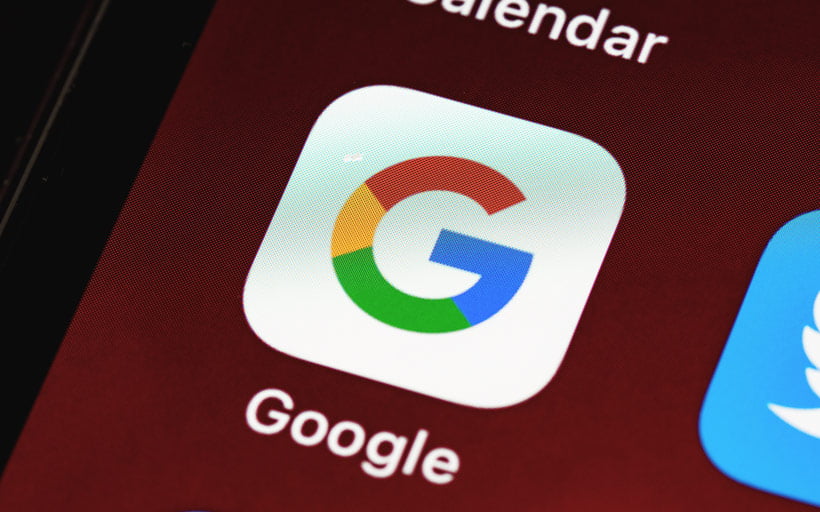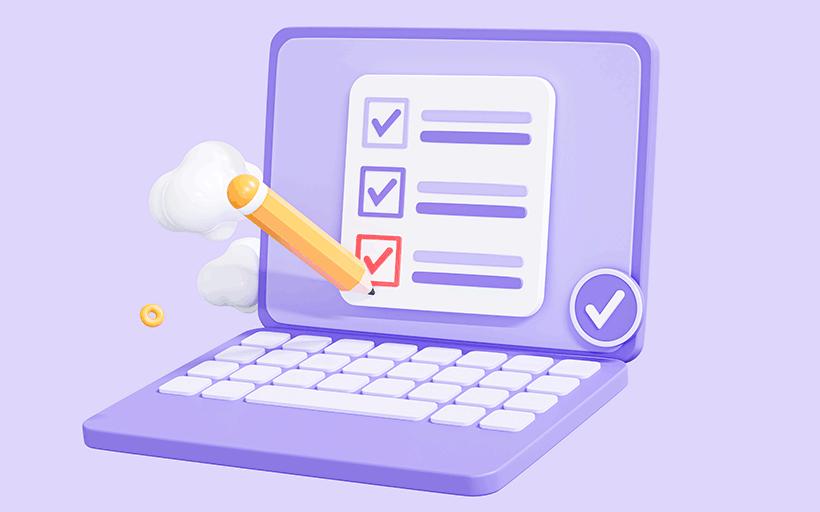Introductory guide to PPC advertising for custom merchandise

Interested in joining the world's leading print on demand platform?
So, you’ve opened your print on demand store, you’re getting some sales, but you’re ready to take your shop to the next level.
In this guide we’ll walk you through how to introduce pay-per-click (PPC) advertising to help boost sales in your online store.
Organic promotion can only get you so far. Serious [print on demand] (/print-on-demand/ "Print on demand") retailers often turn to PPC to help amplify their reach and bring on board new customers.
You can’t simply assume you know what your customers are searching for. To succeed in print on demand ecommerce, you’ll need to do the research and position yourself right where your consumers are.
What is PPC?
PPC stands for pay-per-click. It’s also known as SEA, or search engine advertising. It’s a type of online advertising where, as the name suggests, you pay each time a customer clicks your ad.
There are a number of platforms available but for the purposes of this guide, we’re going to focus on Google Adwords because it’s the biggest, and arguably, the best.
Search engine advertising is one of the most popular forms of PPC. With search engine PPC, you bid for ad placements at the top of the results list when someone searches a keyword related to your product. They appear as ‘sponsored posts’.
For example, if you bid on the keyword ‘custom dog t-shirts’ you could have an ad in the first four listings like the example below:

You are not charged for your ad to be placed there, a fee only applies if someone clicks on the promoted link, thus sending a visitor to your website.
The level of fee (for which you can set a bidding cap) is dependent on competition. In other words, how popular a particular keyword or search term is. In the world of print on demand tshirts for example, many popular categories are very competitive, so you might find that costs per click are higher. Less ubiquitous products, such as custom woven throws, for instance, might be more cost effective from a bidding perspective. Also thrown into the bidding mix will be the domain authority you possess on a particular topic. If for instance, your online store is primarily selling personalised mugs, then Google is likely to charge you more should you start bidding on less relevant keywords, such as ‘horse tshirts’.
Building a successful PPC campaign is no easy feat. You’ll need to research the right keywords and turn those keywords into ad groups and a well-organised campaign.
It’s worthwhile to put in the effort to create relevant and intelligently targeted PPC campaigns. Search engines will reward you if your campaigns make the grade, by charging less for ad clicks. So it pays to get it right.
Keyword research
Keyword research is essential. No matter how well you understand your audience, you can’t assume you know exactly what they’re searching for.
Download the Keywords Everywhere Chrome extension as a tool to find high volume, low competition keywords to rank for around your products.
The add-on allows you to access:
- Monthly search volume This is the average of the total of searches that people have performed for this keyword over the last month.
- CPC (cost per click) The amount that advertisers are paying for a single click for this keyword with Google Ads.
- Competition data for your list of keywords This is a gauge of the number of advertisers that are running ads on a specific keyword.
So, say for example you search ‘Dog tshirts’:


Keywords Everywhere will let you view detailed metrics, either directly in the search engine, or by opening up the extension.
You can view search volume, difficulty of ranking organically and estimated cost-per-click for paid ads.
In an ideal world you want a high volume, low competition and low cost per click.
Understanding performance marketing lingo
- CPC (cost-per-click) This is the price that you pay every time your advert is clicked.
- CPM (cost-per-mile) This is a pricing model, where for example, you pay a flat rate for 1000 displays (impressions) of one of your ads. Note that is not 1000 clicks — but simply 1000 times the ad has been shown. If your ads get high click through rates (CTR) — then this could be a pricing model to consider.
- CAC (customer-acquisition cost) This is the cost of convincing a potential customer to buy a product or service.
- LTV (lifetime value) The projected revenue that a customer will generate during their lifetime. So for example, if your customers tend to repeat purchase, you might be willing to pay a bit more to acquire a customer (CAC)
- Conversion Rates This is the percentage of your customers who visit your website and convert their desired goal. Typically this refers to a visitor who completes a purchase. So for example if you had 100 visitors to your store and 1 purchased, then your Store Conversion Rate would be 1%. (PS the average benchmark for ecommerce is 1.33% — so you want to be aiming for this amount.)
Monitoring and analytics
Both Google Adwords and Google Analytics are helpful tools that offer insights and detailed reports. They both have individual strengths, but are even more valuable when used in parallel. Here’s why:
You can complete the picture of user behaviour
AdWords helps the visitor find you, and reports on their ad spend and performance. But it doesn’t show you what the visitor does once they’re on your website. Bring in analytics, and you’re able to see the path your visitor has followed once on your site.
You can get additional data
Adding analytics gives you access to extra data such as bounce rate, pages per visit and average visit duration. You can also import all of this data to your AdWords account if you wish.
You can see what’s not performing well and why
On AdWords, a low performing keyword will simply show as not working. Using analytics, you can identify why the keyword isn’t performing.
You can also set up ‘negative keywords’ for low-performing traffic, which are then removed from your advertising pool. Some keywords may have differing ‘user intent’ and negative keywords can invite an unintended audience.
Setting up your first campaign in Google Adwords
The whole ‘Campaign Setup’ is done on one page.
First up, set your location: where are your customers?

Then onto languages: which languages do they speak?

And bidding: what do you want to focus on?
You can hover over an option to see what it means.
Choose from:
- Impressions, which are views of your advert
- Clicks, which are focused on traffic, or
- Conversions, which are visitors who take a defined action on your website, app or shop.

Budget
We get to define the maximum amount we want to pay. It’s set out as follows:
For the month, you won’t pay more than your daily budget times the number of the average number of days in a month.
You might spend more or less than your daily budget on individual days. But, as a super simple example, if you set £5 as your daily budget, you’d never pay more than £155 in a given month.
It’s important to factor in your bidding focus here. A conversion is clearly worth more than a click, which is worth more than an impression.

Ad groups
These contain one or more ads, which target a shared set of keywords.
You set a bid, or price, to be used when an ad group’s keywords trigger an ad to appear.
These help group your ads in clusters. This gives you the option of having a variety of different creative ads, with one intent, theme or message.

Targeting
Who do you want to reach?
There are different targeting options:
- Interests and habits
- Previous interaction with your business
- Research and planning behaviour
It’s a good idea to choose only one of these for each ad group to make sure your messaging is tailored.
If none of those work for you, you can target by demographics instead. In categories such as age, gender, parental status, and household income.


You can narrow your targeting by identifying particular keywords, topics and placements.

Automation
Google can expand on your targeting to find new customers.
For now, we’ll select ‘No automated targeting.’
What we want right now is a baseline to work from. This means we want to be in control of our targeting.

Next, it’s time to create and add individual ads to your Ad Group. This is what your audience actually sees.

To create an ad, you first need to define your product or service, add categories, services and tags.
Next, you need to write your ad copy. You’re required to add two headlines and a description, and a preview appears on your screen.


You then have the option to preview what the ad will look like on different devices.

And you’re done!
In summary
Setting up and launching your first PPC campaign can be daunting. But now you should be able to get started on researching your keywords and setting up some basic ads to test and drive new, relevant visitors to your website.
One final bit of advice is that after initial setup of PPC campaigns, it’s usually better to ‘tweak’ and optimise instead of starting over if you’re aren’t seeing the results you would like. Keep an eye on the competition, avoid knee-jerk reactions, go in small and refine along the way.



